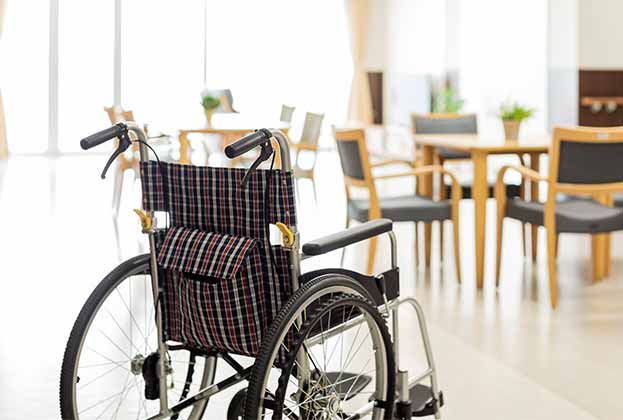The pandemic highlighted the fragmented nature of some markets
A large number of Covid-19 outbreaks have been reported in European care home facilities and hit the headline news. According to the World Health Organisation (WHO), up to 50% of all Covid-19 related fatalities occurred amongst care home residents in Europe. This is sadly explained by the fact that care home residences gather the frailest and vulnerable population group in a close environment which facilitates the spread of infectious diseases.
.jpg)
Most care home residences were unprepared for the sudden pandemic outburst and some copped and adapted better than others. The pandemic highlighted the fragmented nature of some markets notably Spain, Italy, where care homes are owned by small private owners. In turn, this will represent an opportunity for investors, especially private equity to aggregate failing care homes or to acquire owners that simply cannot afford or do not want to carry out significant capex on assets to meet changing rules and regulations.
Whilst continuously adapting to the pandemic situation, Covid-19 has direct and severe economic impacts on the sector. More cautious and systematic disinfections, additional drugs and equipment needed, new fitout, and more importantly, health-care personnel reserves to replace absent staff are adding to care home operating costs. At the same time, many operators experienced a decrease in income revenues due to lower occupancy rates.
Despite the critical context, we expect care home admissions to slowly resume, most notably in well-established and fast-adapting residences
Savills European Research
Despite the critical context, we expect care home admissions to slowly resume, most notably in well-established and fast-adapting residences due to the extreme supply and demand imbalance. Ultimately, living in a care home facility is a necessity for some residents in need of specific health care.
Physical distancing and isolation have been particularly detrimental to the well-being of care home residents. In many institutions, teleconferencing services made a noticeable and salutary entrance. As it has also been largely adopted by the overall population, residents and their relatives will certainly expect more digital solutions from care home residences in the future.
Likewise, garden and green space have also been strongly beneficial allowing for some outdoor activities and in some cases, for some meetings with relatives. As such, the availability of outdoor space has become a key attribute to the wellbeing of care home residents.
Read the articles within Spotlight: European Care Homes below.
.jpg)


